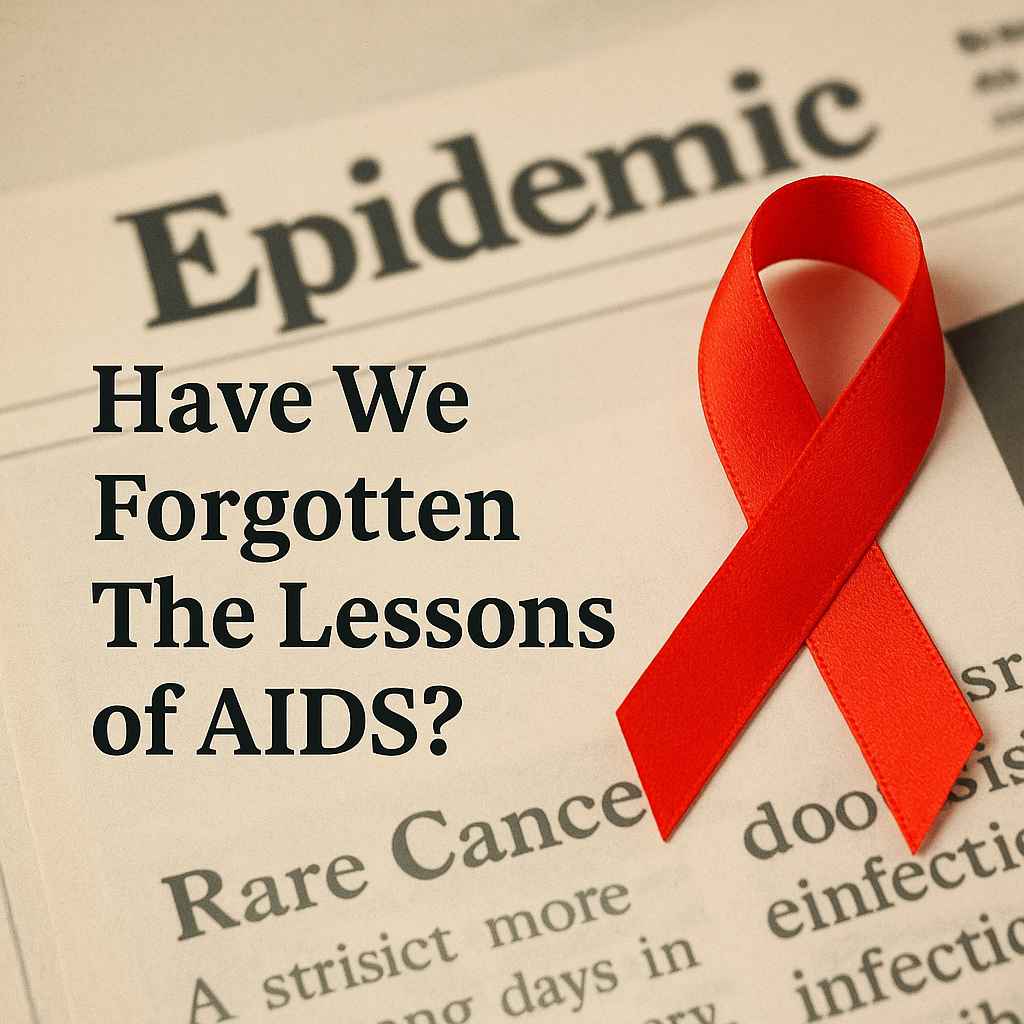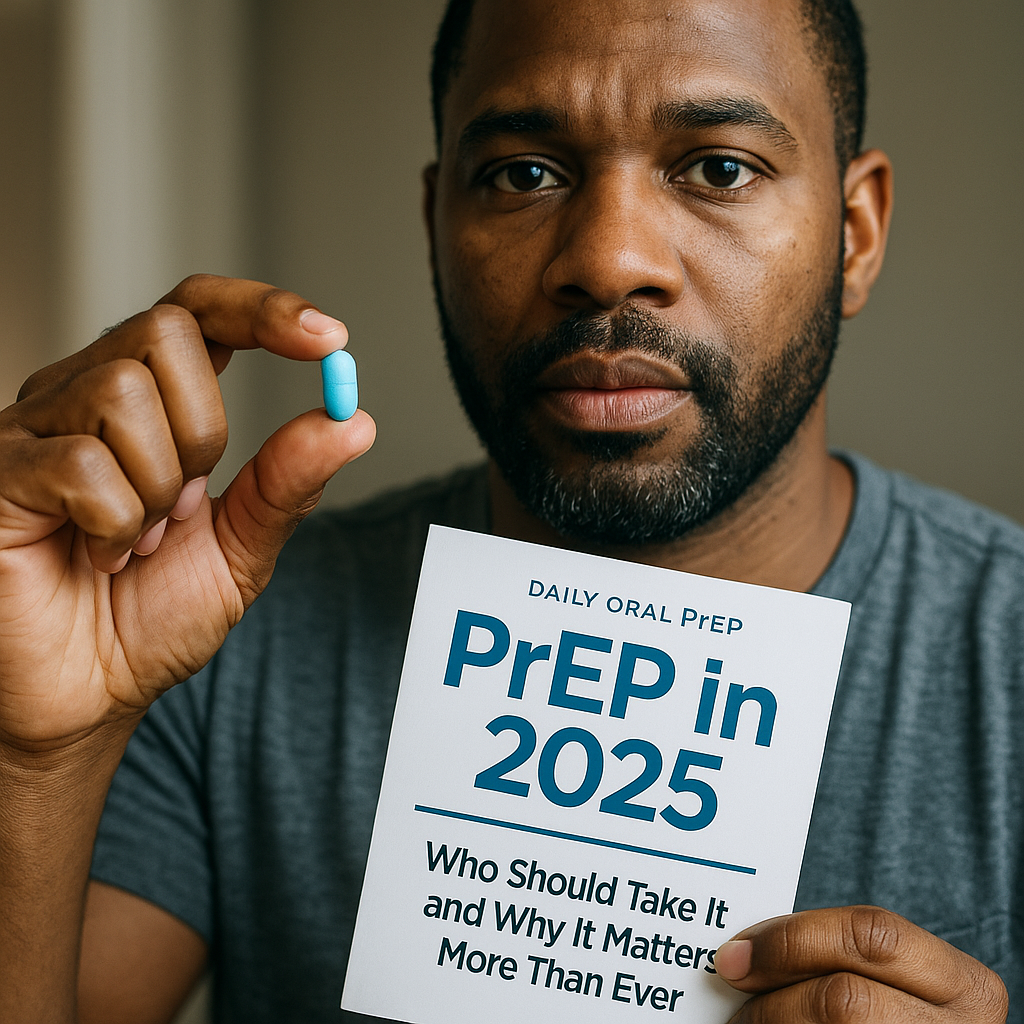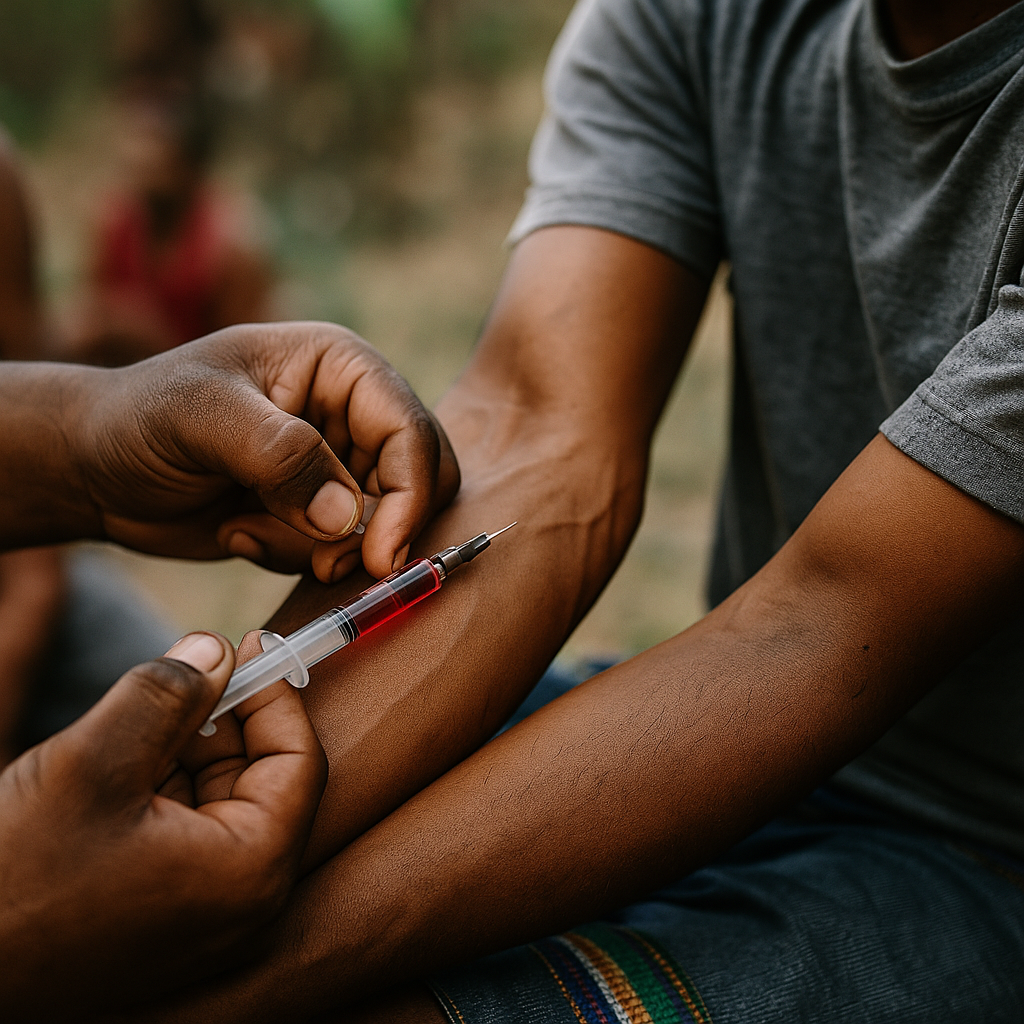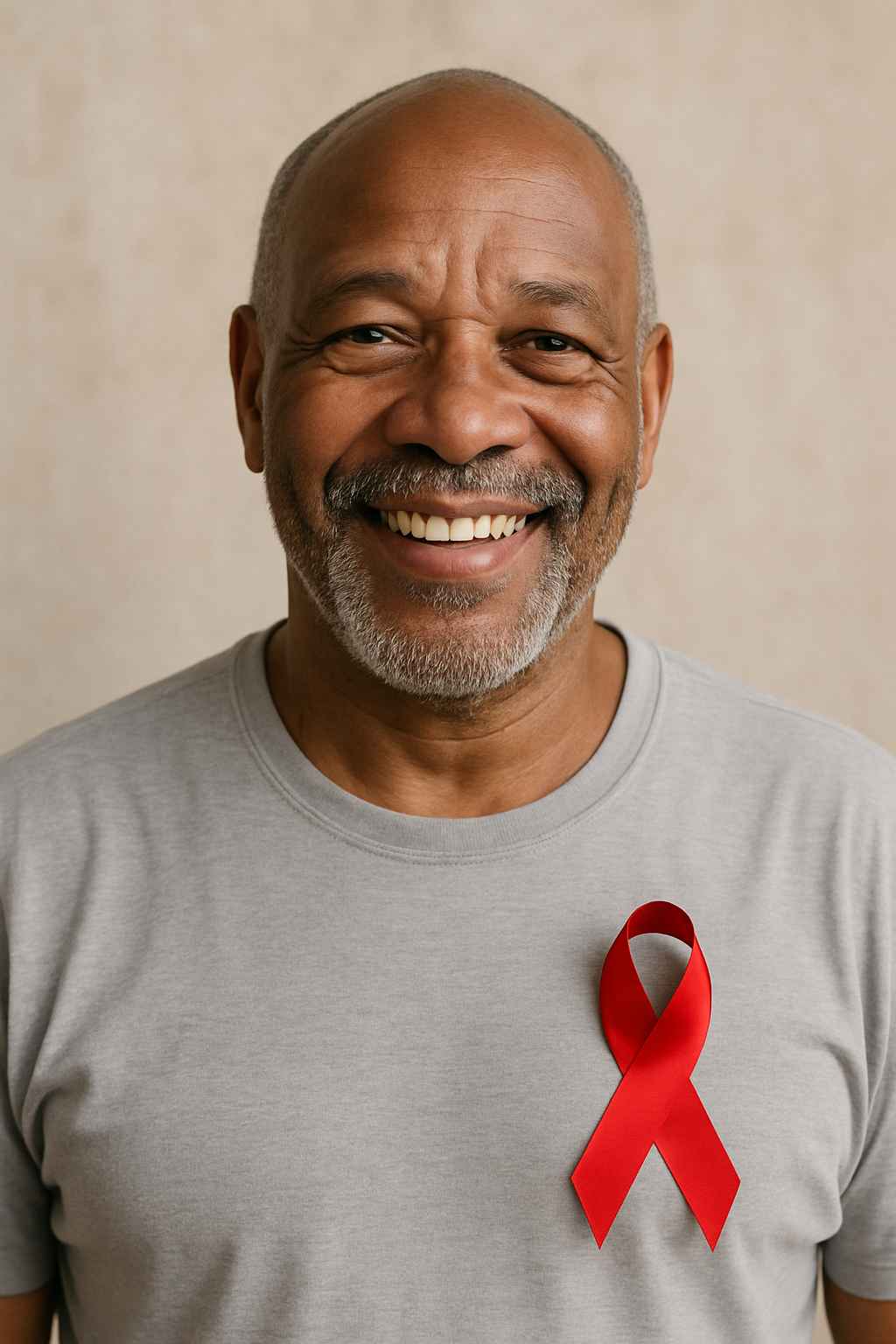
Decades ago, the world faced a devastating epidemic that redefined public health, social justice, and scientific collaboration. That epidemic was AIDS. But as time marches forward, we must ask: have we truly learned from it—or worse, are we beginning to forget?
The early years of the AIDS crisis exposed weaknesses in healthcare systems, stigma in public discourse, and the urgent need for grassroots advocacy. Although treatments have evolved, and outcomes improved, the battle isn’t over. New generations may not remember the fear, resilience, and activism that defined the response to AIDS. This article revisits those pivotal lessons and how they remain vital today.
Table of Contents
- The Early Epidemic: A Crisis Ignored
- Activism and Awareness: Voices That Changed Policy
- Medical Progress and Public Health Evolution
- Why AIDS Lessons Still Matter
- Conclusion and FAQs
The Early Epidemic: A Crisis Ignored
In the 1980s, AIDS emerged with little warning—and even less attention from authorities. Initially referred to as a “gay cancer,” the disease was met with fear, misinformation, and discrimination. Governments were slow to respond. Funding was scarce. And medical knowledge lagged behind the spread of the virus.
Thousands of people died in silence while policymakers hesitated. Many healthcare providers didn’t understand the condition. Others refused care entirely. The delay in action created a ripple effect that allowed AIDS to escalate from a health concern to a global emergency.
Despite these early missteps, community organizations began to step in. From New York to San Francisco, grassroots clinics, LGBTQ+ support groups, and volunteers launched educational campaigns and provided basic care. This era laid the foundation for many of the HIV/AIDS programs we rely on today.
Activism and Awareness: Voices That Changed Policy
The turning point in the AIDS crisis wasn’t just driven by science—it was driven by people. Activist groups like ACT UP and the Treatment Action Group demanded recognition, treatment access, and fair funding. They protested in the streets, disrupted government hearings, and made it impossible for leaders to ignore the crisis.
More than just demonstrations, these movements sparked policy changes. The Ryan White CARE Act, named after a teenager who contracted HIV from a blood transfusion, funneled billions into care and support systems. For the first time, AIDS was treated not as a niche issue, but a national and global priority.
Additionally, media and celebrity advocacy played a key role. Public figures shared their diagnoses, changing the narrative and helping dismantle harmful stereotypes. As a result, funding surged and research accelerated.
Although those days of protest may seem distant, the blueprint remains relevant. Public pressure and storytelling continue to influence healthcare access and disease awareness campaigns today.
Medical Progress and Public Health Evolution
From AZT to highly active antiretroviral therapy (HAART), the evolution of AIDS treatment has been nothing short of revolutionary. What began as a terminal illness is now considered a manageable chronic condition—if treated.
But this progress didn’t come easily. Clinical trials, international collaborations, and persistent lobbying were essential in pushing new drugs through the pipeline. Today, branded medications like Biktarvy, Genvoya, and Descovy provide effective viral suppression, improving life expectancy for millions worldwide.
Moreover, the AIDS epidemic transformed public health protocols. Confidential testing, patient privacy rights, and global health surveillance frameworks all stem from HIV response models.
Still, accessibility remains a concern. In many parts of the world, stigma and affordability prevent people from seeking care. Continued efforts are needed to close these gaps and make treatment universal.
Why AIDS Lessons Still Matter
As society copes with new health threats—COVID-19, monkeypox, and antibiotic resistance—the lessons of AIDS are more relevant than ever. Misinformation still spreads faster than facts. Marginalized communities still suffer disproportionate impacts. And often, governments still lag in their response.
The AIDS crisis taught us that fighting disease requires more than medicine. It requires empathy, equity, and urgency. Grassroots activism must work in tandem with science and policy. Communication strategies must respect and engage affected populations.
Perhaps most importantly, AIDS demonstrated that silence kills. Whether it’s fear of discrimination or institutional denial, ignoring a crisis only deepens its impact.
Today, we must recommit to these lessons. Support local and global awareness campaigns. Invest in healthcare infrastructure. And remember that the fight against AIDS isn’t over. New cases still occur. People still die. And prevention efforts must remain front and center.
For more articles on AIDS and HIV education, visit AIDS.org.
FAQs
Is AIDS still a global health issue?
Yes. While treatments have improved, millions still live with HIV, and new infections continue to emerge.
What’s the difference between HIV and AIDS?
HIV is the virus. AIDS is the advanced stage of infection when the immune system is severely compromised.
Can AIDS be cured?
Currently, there is no cure. However, treatments like antiretroviral therapy can suppress the virus to undetectable levels.
Why is education about AIDS still important?
Because stigma, misinformation, and complacency can lead to a resurgence. Awareness drives prevention and early treatment.
Where can I find reliable HIV healthcare support?
Use trusted directories or platforms like Healthcare.pro to locate certified providers.
Disclaimer:
This content is not medical advice. For any health issues, always consult a healthcare professional. In an emergency, call 911 or your local emergency services.



